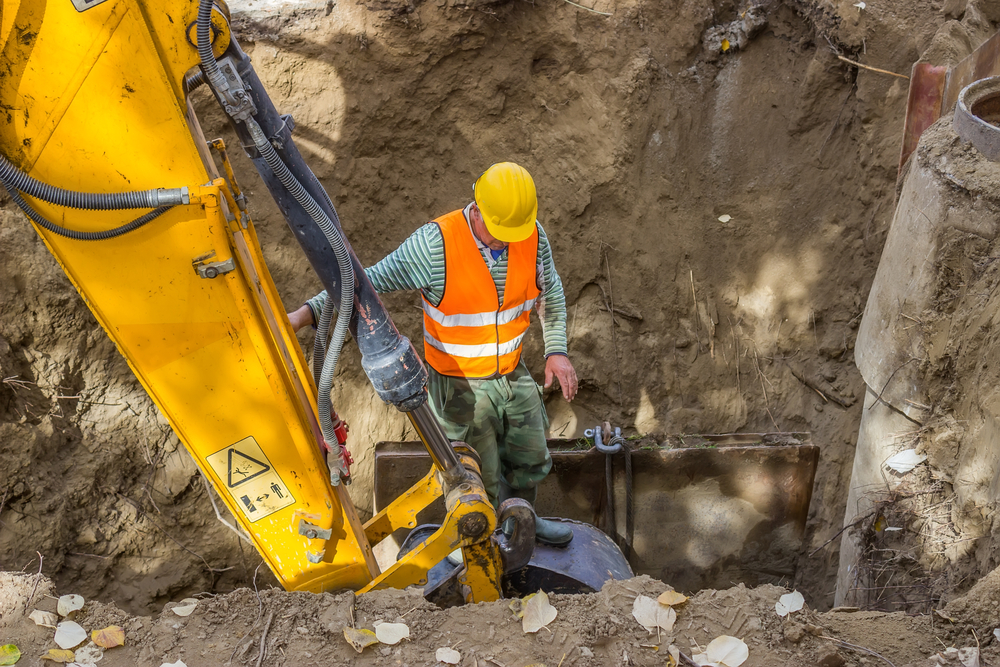In response to a rise in trenching and excavation fatalities—22 workers have suffered fatal injuries in trenching and excavation work so far this year, surpassing the 15 fatalities in all of 2021—the Occupational Safety and Health Administration (OSHA) announced plans for 1,000 excavation inspections. The 22 deaths represent a 68% increase over 2021.
Agency compliance safety and health officers (CSHO) now may stop by and inspect any excavation site they encounter during their daily duties.
OSHA has an ongoing National Emphasis Program (NEP) of outreach, inspection, and enforcement to address trenching and excavation hazards. The October 1, 2018, NEP replaced a 1985 trenching and excavation special emphasis program.
“In a matter of seconds, workers can be crushed and buried under thousands of pounds of soil and rocks in an unsafe trench. The alarming increase in the number of workers needlessly dying and suffering serious injuries in trenching incidents must be stopped,” Doug Parker, assistant secretary of labor for occupational health and safety, said in an agency statement.
A cubic yard of soil can weigh as much as 3,000 pounds, equal to a compact car, according to the agency.
“The Occupational Safety and Health Administration is calling on all employers engaged in trenching and excavation activities to act immediately to ensure that required protections are fully in place every single time their employees step down into or work near a trench,” Parker added.
The agency plans to hold employers and others accountable when their actions or inactions kill workers or put their lives at risk using every available enforcement tool, including penalties and criminal referrals for federal or state prosecution.
“There simply is no excuse for ignoring safety requirements to prevent trench collapses and cave-ins, and leaving families, friends, and co-workers to grieve when the solutions are so well understood,” Parker continued.
“Every one of these tragedies could have been prevented had employers complied with OSHA standards.”
For example, on June 28, 2022, two workers, aged 20 and 39, suffered fatal injuries in Jarrell, Texas, when an unprotected trench more than 20 feet deep collapsed upon them as they worked. Trench shields, which could have saved their lives, sat unused beside the excavation, according to OSHA.
OSHA’s trenching standards require protective systems on trenches deeper than 5 feet, and soil and other materials must be kept at least 2 feet from the edge of a trench. Trenches also must be free of atmospheric hazards and standing water, have a safe means of entering and exiting, and be inspected by a knowledgeable person before allowing a worker to enter.
In addition to inspection and enforcement, the agency offers consultation services for employers that need compliance assistance. “OSHA stands ready to assist any employer who needs help to comply with our trenching and excavation requirements,” Parker stated. “We will conduct outreach programs, including safety summits, in all of our 10 regions to help ensure any employer who wants assistance gets it. The stakes are too important.”

